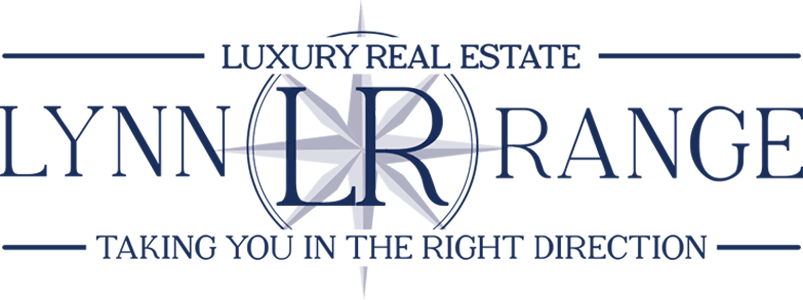

I spent another summer within driving distance of my house. I spent the last six weeks in the countryside of Sullivan County, a beautiful location in the Catskill Mountains, about two hours from New York City. According to the latest census, poverty levels are about 25 percent higher than in other parts of the state. Per capita income is just under $ 31,000, below the national average by $ 5,000.
Still, real estate prices in Sullivan County rose 32.8% year-on-year in July. The understated wooden hut, which may have cost less than $ 200,000 before the pandemic, was turned into a doll and turned over twice as much (or rented out at a boutique hotel price). Full cash offers and invisible purchases are common. Borscht Belt hasn’t been so hot since Eddie Fisher and Liz Taylor hung out there, as was once known thanks to hotels for Jewish vacationers in the 1920s and 1970s.
Part of this is Covid’s madness, and part of it will eventually fade. However, the Borscht Belt boom has been reflected in many parts of the country, demonstrating the fact that housing is still at the center of America’s economic divergence, more than a decade after the collapse of subprime. That’s because in the United States, housing is both a shelter and a tradable asset.
Just as investors caused the pre-financial crisis housing boom, so did the post-pandemic house price rise, reaching the level of the 2008 bubble. According to real estate site Redfin, investors bought one in six homes in the United States in the second quarter of 2021.
This isn’t just for large institutional investors, but many large private equity firms are cheap and real estate in the first half of the pandemic, much like they bought a house closed on the court stairs in the wake of the financial crisis. I bought. Invitation Homes, founded and highlighted by Blackstone, has become the largest landlord in the country. Nowadays, private-equity funds are booming in apartment rental units and even mobile home parks, boosted by federal loans originally designed to benefit the poor.
Among the investors driving the new housing bubble are only cash-rich city dwellers who have bought a villa for rent or inside out. But not only since the pandemic began, but since the financial crisis, both they and institutional investors have benefited significantly from low interest rates and quantitative easing. These central bank policies have strengthened both stock and home prices. However, they also had an incredibly distorted impact on many real estate markets where locals are bidding on high-income city dwellers to gain access to shelters.
As a result, fuel is added to the post-Covid labor shortage that plagues US companies in areas such as travel, tourism, retail and other service sectors. Suddenly, Catskill became like Aspen — if you had to work there, you probably can’t afford to live there. I don’t know how many signs of “closure: no help” I saw during my stay.
The pressure will be partially relieved when federal benefits are gone and children return to school, especially freeing female workers to get jobs. And it’s unclear if these new boomtowns, within two or three hours of major cities, will remain attractive after the pandemic fades and some versions of office life resume.
But unless the paradigm changes, the housing market will have an indefinite turning point. Simple monetary policy raises asset prices, but it cannot generate income growth that would allow people to invest in and profit from this measure. Housing supply is constrained by everything from prices to limited land availability and zoning requirements in dense markets to Covid-related supply shortages. Therefore, even after the central bank changes its tack, it may take some time for this bubble to burst.
Ultimately, you need to make your home more affordable. The White House has announced some good steps to increase the supply of low-priced homes by making more money available to buyers of manufactured homes. Previously, prefabricated homes shipped to mobile home parks were considered “movables” like boats and cars, which unreasonably limited the amount of money that could be rented.
However, research shows that these homes can maintain their value just like any other home. This is especially true if the resident has an incentive to improve shared land or property and exists as part of a co-operative structure of owning a home that can share risks. I also agree with Biden’s recommendation to limit the sale of real estate owned by certain Federal Housing Administrations and the Department of Housing and Urban Development to large investors. These programs were launched to support families rather than undertake private equity.
You can also experiment with ideas such as mortgage rates that change based on the circumstances of the economy itself. If unemployment rises, growth slows, or housing costs change dramatically, payments can change accordingly. This is an idea that has long been promoted by economist Robert Shiller and will enable more equitable risk sharing between financial institutions and borrowers.
No one wants a repeat of 2008. We need a housing policy, a shelter, that makes homes what they should be.
The US needs to make homes more affordable — and available Source link The US needs to make homes more affordable — and available
Image features Lynn Range's sold listing in Manhattan Beach -- give her a call to see similar properties.
The business of real estate is more than just business to Lynn Range, it is a passion project as she offers her clients a mix of local intelligence, industry knowledge, and transactional expertise.
Let's Connect